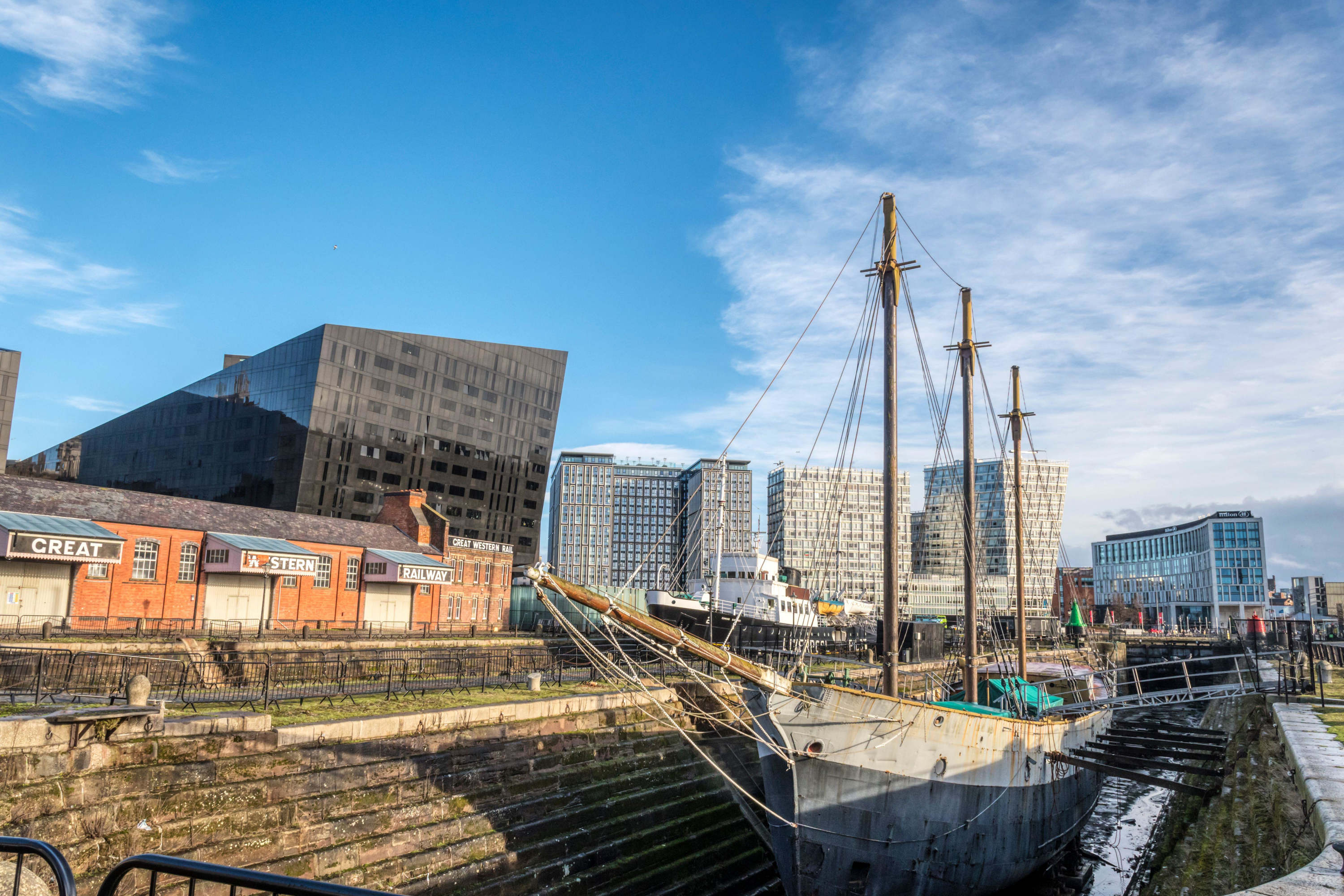Three subjects are branded onto the Liverpool psyche: football, music and seafaring.
While the first two remain in rude health, maritime matters have long taken a dive in the city – even though shipping is the very reason Liverpool became the second city of the British Empire.
Instead of preserving Liverpool’s seafaring history, National Museums Liverpool (NML), which is responsible for the city’s historic port, has instead decided to pursue the fashionable obsession with ever louder apologies for the city’s part in the transatlantic slave trade.
The biggest victim of the NML’s seemingly unstoppable emotional self-flagellation on our behalf has been its decision to scrap De Wadden, a 107-year-old schooner dubbed ‘Liverpool’s Cutty Sark’ (the great tea clipper preserved in Greenwich). The ship is to be replaced by a transatlantic slavery ‘contemplation and reflection room’.
As the port’s last commercial sailing ship, De Wadden more than earned her right to be preserved. She was purchased by NML’s Mersey Maritime Museum in 1987 to rest in Liverpool’s equally historic Canning Graving Dock.

Britain’s best politics newsletters
You get two free articles each week when you sign up to The Spectator’s emails.
Already a subscriber? Log in







Comments
Join the debate for just $5 for 3 months
Be part of the conversation with other Spectator readers by getting your first three months for $5.
UNLOCK ACCESS Just $5 for 3 monthsAlready a subscriber? Log in